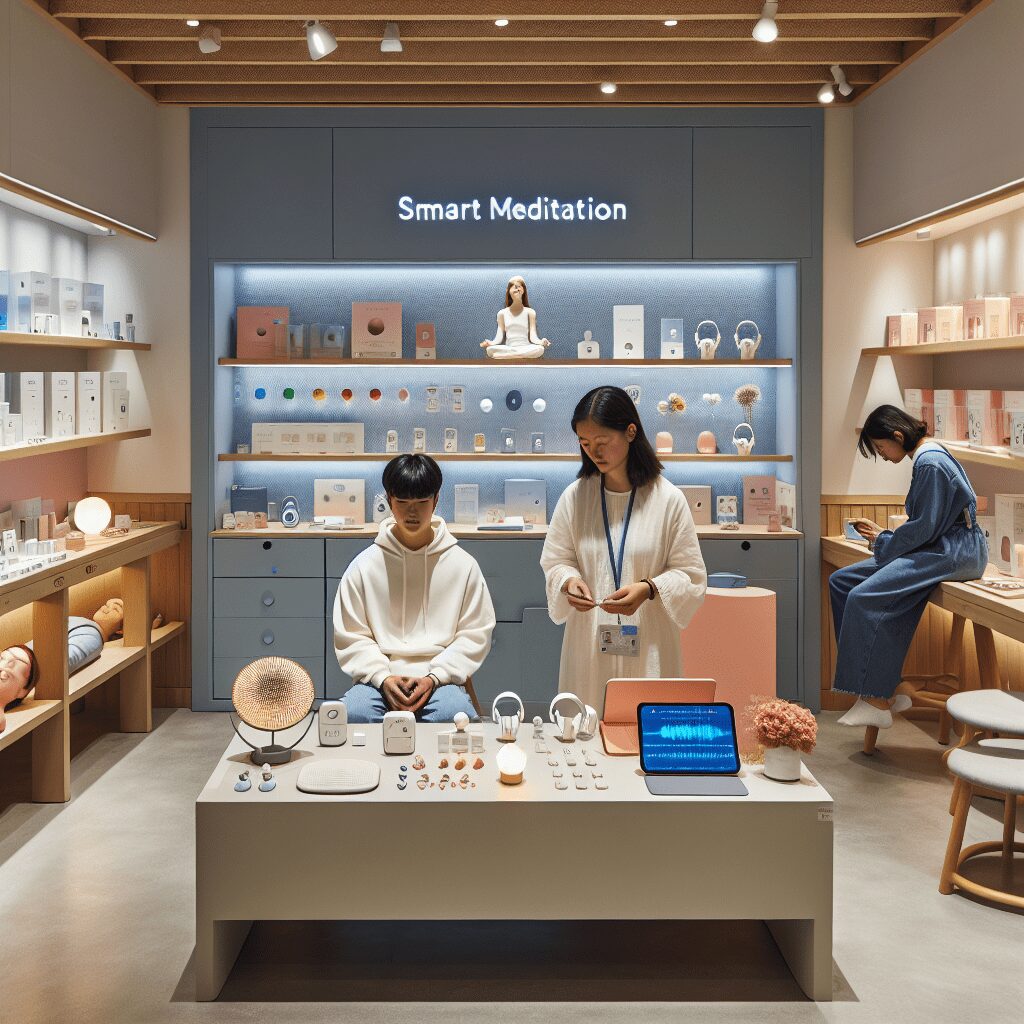
Prioritize your mental well-being daily. Enhance your life by nurturing your mental health with the Smart Meditation app. Break free from stress, alleviate anxiety, and enhance your sleep quality starting today.
Which Form Of Meditation Is Most Effective For Blood Pressure?
Discovering the Zen in Blood Pressure Management
In today’s high-octane world, where the hustle and bustle can sometimes feel like the soundtrack of our lives, finding tranquility has become more crucial than ever. Beyond the peace of mind and serenity it brings, meditation has strutted into the spotlight, showcasing a plethora of health benefits that many are keen to tap into. Chief among them? Its ability to keep blood pressure in check. But here’s the million-dollar question: amidst the myriad meditation styles floating around, which one takes the crown for being the most effective when it comes to managing blood pressure? Let’s dive in and unwrap this enigma.
The Healing Power of Mindfulness and Breathing Techniques
First things first, let’s get something straight. Not all meditation is created equal. Different strokes for different folks, as they say. However, when it comes to blood pressure, the science points towards two main contenders that could definitely give pharmaceuticals a run for their money: Mindfulness-Based Stress Reduction (MBSR) and Transcendental Meditation (TM).
Mindfulness-Based Stress Reduction (MBSR)
MBSR stands tall as a heavy hitter in the meditation league. Born out of the University of Massachusetts Medical School, this program is the brainchild of Dr. Jon Kabat-Zinn. It’s essentially an in-depth, 8-week program that encompasses mindfulness meditation and yoga. Participants are taught to focus on the present moment, fostering an attitude of openness, curiosity, and acceptance.
But why does it shine when it comes to blood pressure management? Simply put, MBSR works wonders in reducing stress—the notorious villain often implicated in the saga of hypertension. By equipping individuals with the tools to manage stress more effectively, MBSR helps keep blood pressure levels within a healthy range. Furthermore, the Physical Activity Guidelines for Americans recommend it, adding another feather to its cap.
Transcendental Meditation (TM)
TM, on the other hand, is like the cool, mysterious newcomer that everyone’s curious about. It’s a form of silent mantra meditation, developed by Maharishi Mahesh Yogi. This technique requires practitioners to sit comfortably for 20 minutes, twice a day, while silently repeating a mantra.
What sets TM apart in the blood pressure debate? Well, research has shown that it can significantly reduce both systolic and diastolic blood pressure. The American Heart Association even went as far as to acknowledge that TM can serve as an adjunctive method to help lower blood pressure. That’s no small feat!
Navigating Your Meditation Journey
Before you jump on the meditation bandwagon, here are a couple of pointers to ponder:
- Personal Preference: At the end of the day, the best meditation technique is the one you can stick with. Explore different styles to find what resonates with you.
- Consistency is Key: Like learning to play an instrument or mastering a new language, meditation requires regular practice. The more you meditate, the more profound its effects on your blood pressure and overall well-being.
- Seek Professional Guidance: Especially if you’re aiming to use meditation as a tool for managing hypertension. Consulting with a healthcare provider can ensure your approach is both safe and effective.
In the grand scheme of things, both MBSR and TM offer promising avenues for those looking to embrace meditation as a remedy for high blood pressure. They’re not just about lowering numbers on a monitor; they’re about fostering a deeper connection with oneself, and in the process, nurturing a healthier heart and mind.
So, here’s to finding your zen in the quest for balanced blood pressure. Whether it’s through a guided mindfulness session or silently repeating a mantra, the path to tranquility (and optimal health) is yours to walk. Remember, in the serene landscapes of meditation, every step, breath, and moment counts.





